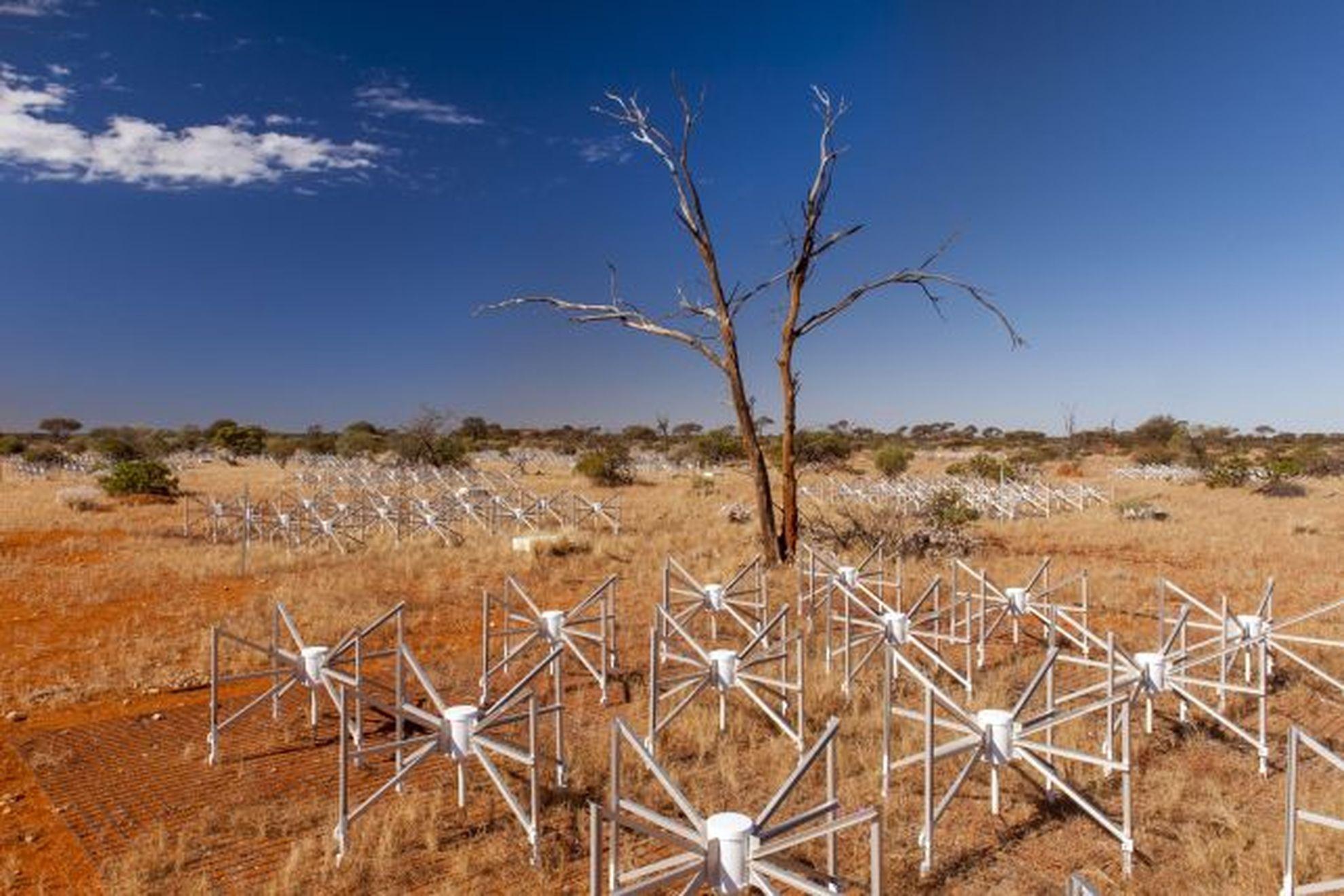News
The mysterious signal in the quiet zone of an Australian desert that has been challenging researchers since 2013 finally explained
Scientists detected an unusual radio signal in a remote Australian desert, namely in the so-called quiet zone, where any devices that emit radio waves are prohibited, in 2013. They caught a television broadcast signal, which stumped them.
The explanation was unexpected: the signal was a reflection of a television broadcast from a passing airplane. Physicist Jonathan Pober of Brown University said that this discovery confirmed a long-standing hypothesis about the impact of airplanes on radio surveillance, ScienceAlert reports.
According to the scientists, anthropogenic radio signals interfere with the recording of data from space, so they are a serious problem for radio astronomy. Previously, data containing anthropogenic interference was simply discarded, but this approach is not effective enough, experts say.
However, researchers at Brown University (USA) have developed a new technology that will help to filter out radio noise generated by human activity more effectively.
To do this, scientists have applied two technologies. The first is near-field corrections, a method that enhances focusing on objects that are relatively close. The second is beamforming, a technology that improves the clarity of distorted near-field signals.
Experts emphasize that these methods made it possible to identify the source of the interference in the Australian desert, namely an airplane flying at an altitude of 11.7 km at a speed of 792 km/h.
Although the researchers were unable to identify the specific aircraft due to a lack of historical data, their work demonstrated that radio interference can be isolated without losing valuable scientific information, experts say.
Jonathan noted that this method will help astronomers minimize data loss and increase the likelihood of important discoveries.
Only verified information is available on OBOZ.UA Telegram channel and Viber. Do not fall for fakes!




























